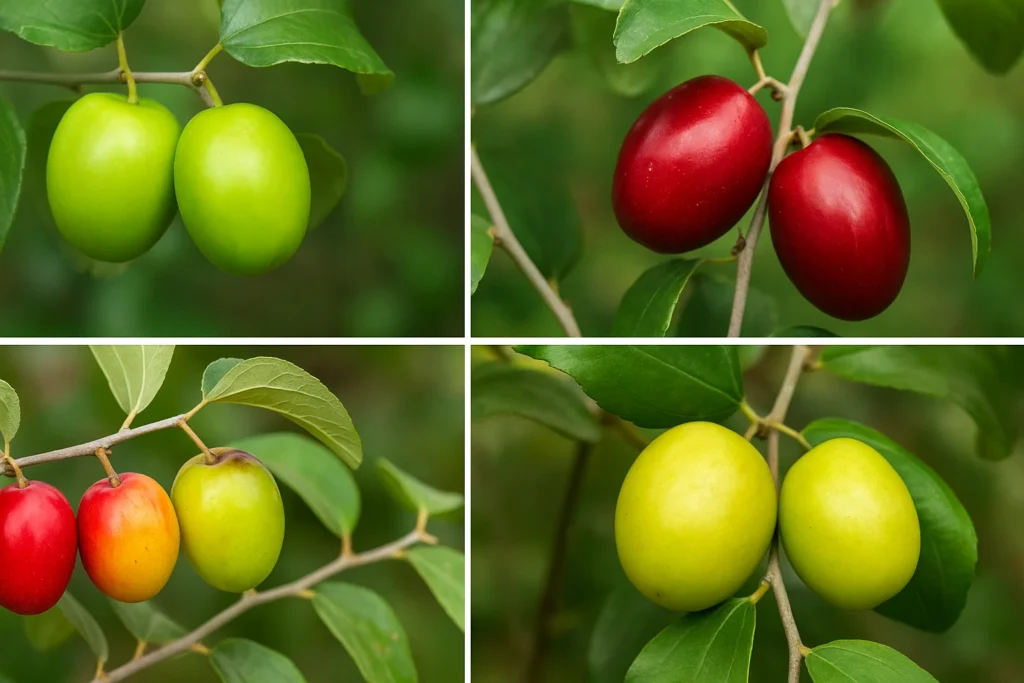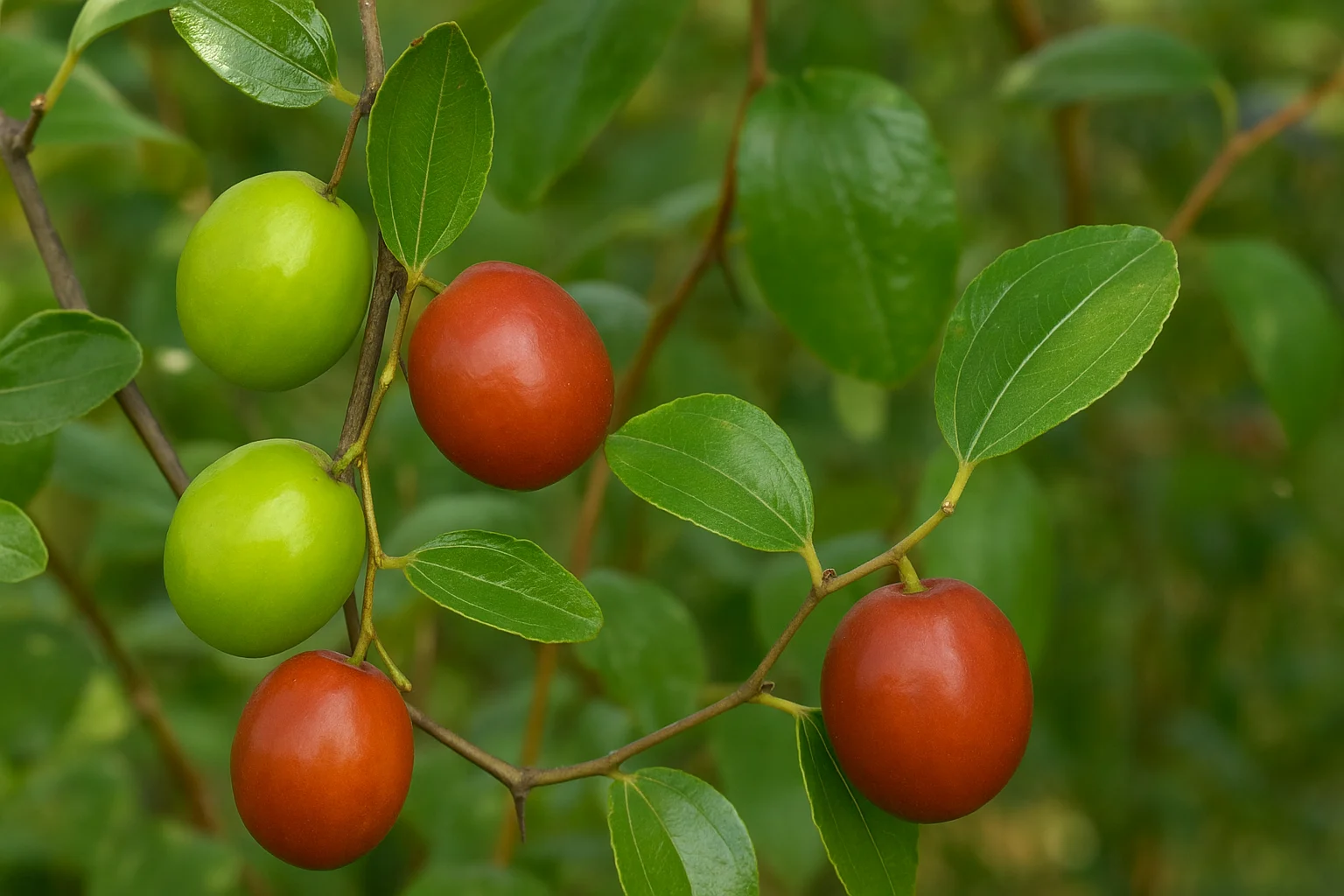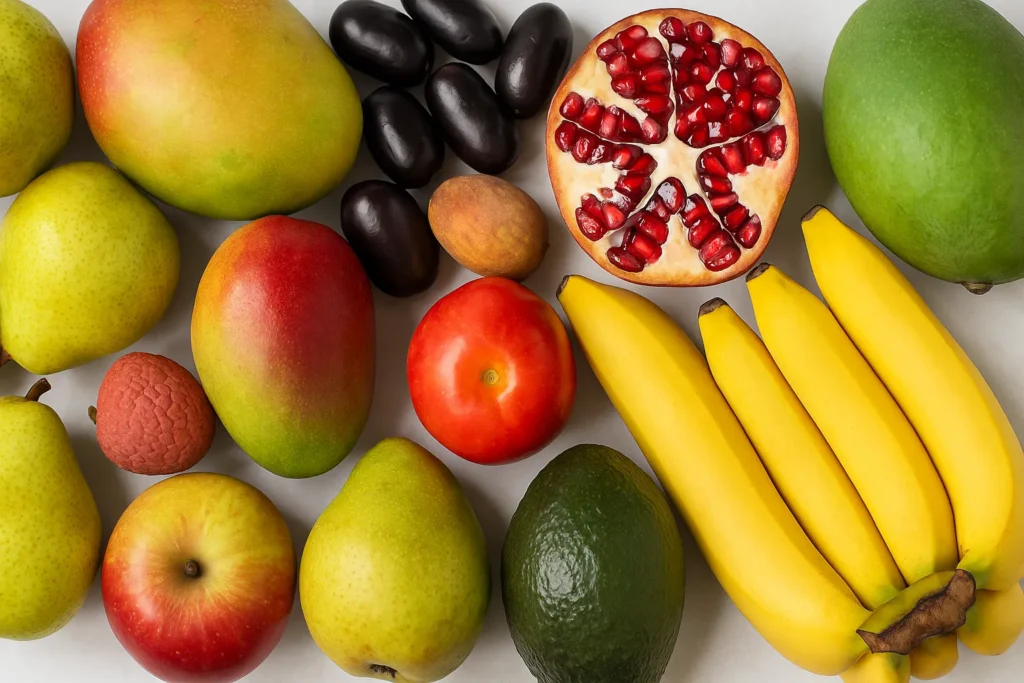Have you ever bitten into a fruit that’s both crisp like an apple and sweet like a berry? That’s the magic of the apple ber plant, a delightful variety of the Indian jujube that’s winning hearts for its taste, looks, and health benefits. Whether you’re new to gardening or already have a balcony full of greens, adding an apple ber plant to your space can be both rewarding and easy.
Let’s dig into what makes this plant so special, and how you can grow it right at home.
What is Apple Ber Plant?
Let’s start with the basics. The apple ber plant is a hybrid variety of the traditional Indian jujube tree, known for producing juicy, crunchy, and sweet fruits that resemble mini apples. Unlike the smaller wild jujube, this hybrid is grafted for better size, taste, and yield. This plant is popular in India due to its ability to withstand heat, drought, and even low-maintenance conditions. With regular pruning and proper care, you can expect fruit within the first year itself. Amazing, right?
Types of Apple Ber Plants You Should Know

Not all apple ber plants are the same. There are several exciting varieties that you can consider based on your taste and climate.
Thai Apple Ber Plant
This variety is one of the most sought-after. The Thai apple ber plant is known for producing large, round, apple-like fruits with a thin skin and extremely juicy pulp. It’s a favorite among gardeners looking for commercial cultivation or just a heavy-yielding home fruit tree.
Red Apple Ber Plant
If you’re fond of deep red fruits that stand out in your garden, the red apple ber plant might be your go-to. These are slightly smaller than Thai varieties but have a richer flavor. Some nurseries also offer red apple ber plants as ornamental picks because of their aesthetic appeal.
Kashmiri Apple Ber Plant
The kashmiri apple ber plant is a rare gem. It’s not only grown for its unique flavor but also for its cold resistance. Ideal for northern Indian climates, this plant combines sweetness with a tinge of tartness.
Green Apple Ber Plant
Prefer your fruits less sugary? The green apple ber plant gives you just that. With its crisp texture and mild flavor, it’s great for salads, pickles, or a refreshing midday snack.
Each of these varieties is grafted, ensuring quicker fruiting and consistency in quality, just like many other grafted fruit plants.
How to Plant Apple Ber at Home
So you’re convinced and ready to grow your own? Great! Here’s a quick guide on how to plant apple ber and give it the best start.
Step 1: Choose the Right Spot
This plant loves sunlight, so pick a location that gets at least 6–8 hours of direct light daily.
Step 2: Prepare the Soil
Use well-drained, sandy-loam soil mixed with compost. Avoid overly water-retentive soil as that could lead to root rot.
Step 3: Planting
Dig a hole twice the size of the root ball. Place the sapling carefully and cover it with soil, pressing gently. Water immediately after planting.
Step 4: Watering & Fertilizing
Water moderately and let the soil dry out between watering sessions. Fertilize every 4–6 weeks during the growing season using organic compost or a balanced fruit fertilizer.
Step 5: Pruning for Productivity
Prune your apple ber plants regularly to maintain shape and encourage better air circulation and fruiting.
For inspiration on container-friendly fruit trees, check out the Umbrella Palm Plant – another beautiful addition to compact garden spaces.
Indian Jujube Benefits You Shouldn’t Miss
Since the apple ber is a type of Indian jujube, it brings a lot of the same health benefits with a tastier twist.
1. High in Vitamin C: The fruit boosts your immune system, keeping colds and infections at bay.
2. Good for Digestion: Rich in fiber, Indian jujube fruit helps maintain a healthy gut and prevents constipation.
3. Natural Skin Booster: Its antioxidant-rich profile helps keep skin clear and youthful.
4. Balances Blood Sugar: If you’re managing diabetes, this low-glycemic fruit is a smart choice in moderation.
5. Calming Properties: Some traditional remedies even use Indian jujube seeds to relieve stress and support better sleep.
No wonder the Indian jujube tree has been revered in Ayurvedic texts for generations.
Apple Ber Care Tips for Healthy Growth
Want to see those glossy fruits flourish? Here’s how you can keep your apple ber plant thriving.
Sunlight: Full sun is a must. Avoid shaded areas.
Watering: Water when the topsoil feels dry. Don’t overwater.
Fertilizer: Use compost or a slow-release fertilizer during flowering and fruiting.
Pest Control: Keep an eye out for mealybugs and aphids. Neem oil works wonders as a natural pesticide.
Harvest Time: Typically 4–6 months after planting, depending on the variety.
Looking for a fragrant companion plant? Check out the Marikolunthu Plant, which not only smells divine but also helps in keeping some pests away naturally.
Bonus: Landscaping With Apple Ber
Beyond just the fruit, the apple ber plant can enhance your landscape aesthetics. With its green foliage, white flowers, and shiny fruits, it adds a vibrant touch to any garden. You can also combine it with ornamental greenery like the Black Ficus Plant for a contrast-rich look.
Many urban gardeners are now combining productivity with style by growing fruit trees behind protective window panels using Invisible Window Grill systems for safety without compromising aesthetics.
Final Thoughts:
If you’re looking for a plant that’s beautiful, low-maintenance, and rewards you with delicious fruits, the apple ber plant is an easy winner. It’s hardy, grows fast, and comes in flavours to suit every palate—from the juicy Thai to the colourful Red and the rare Kashmiri types. So, whether you’re a gardening enthusiast or just starting, give the apple ber a chance. Your garden (and your tastebuds) will thank you.
For more green wonders to explore, don’t forget to read about the Sampangi Plant, Avarampoo Plant, or the Himalayan Buraansh Plant, each offering something unique for every plant lover.










